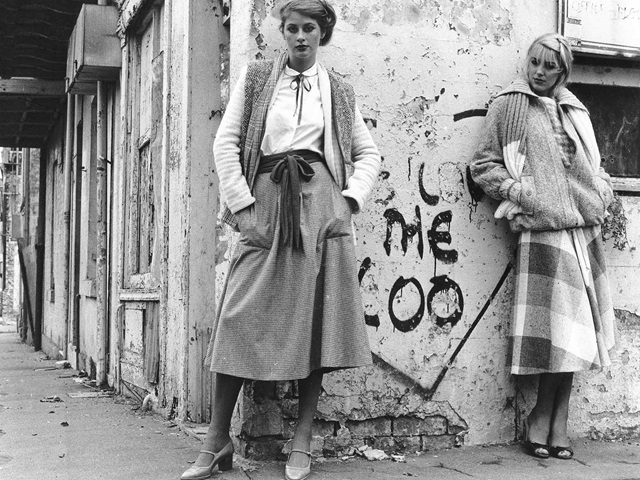History of Fig Lane Park
The centrepiece of this park is a Port Jackson Fig which was planted when the park was established in 1996.

Fig Lane Park is bounded by Upper Fig and Jones treets, Fig Lane, and Bulwarra Road, Ultimo.
This land was part of the Ultimo Estate, a block comprising 232 acres made up of land grants to Dr John Harris from 1803 and 1806. Harris lived in Ultimo House which he built on the south side of Harris Street.
From 1879 to 1880, the first development occurred here with the construction of 2-storey brick terrace housing in Fig and Jones streets. They were typical of the speculative terrace housing built during the 1880s boom for working class rental accommodation.

The houses on 320-334 Jones Street were known as Rochester Terrace, and were demolished in 1919 to make way for a wool store. The Upper Fig Street terraces (1967-1985) survived until the 1970s resumption for the North West freeway, which was stopped by protest action and green bans. Nevertheless the houses were demolished and the land used for car parking, site offices and gravel storage.
Fig Lane Park is opposite the Ultimo Centre. The centrepiece of the park is a Port Jackson Fig which was planted when the park was established in 1996 to 1997.
Further reading
Damaris Bairstow, ‘Fig Lane Park Historical Archaeological Assessment’, 1996.



